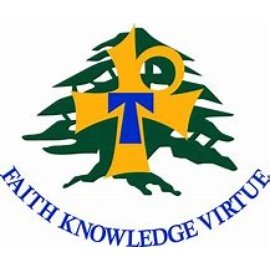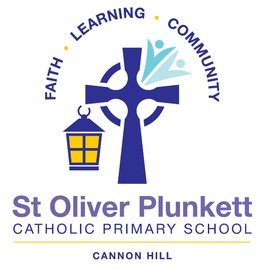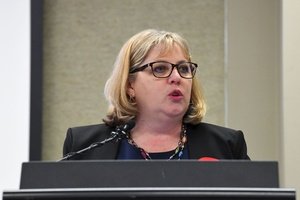In the case of reading, this is particularly important. Early success in reading is a powerful predictor of later literacy achievement, which, in turn, is strongly correlated with performance across the school curriculum.
Unfortunately, too many of our students are reaching the middle years of primary school having not learned to read. The most recently published Progress in Reading Literacy Study (PIRLS) results indicate that 20 per cent of Australian Year 4 students did not meet the benchmark for an acceptable minimum standard of reading proficiency.
The Productivity Commission has also highlighted the shortcomings of Australia’s education system, revealing that tens of thousands of students do not achieve basic levels of literacy each year.
Tellingly, the majority of these students have no known disability or geographical, social, or educational disadvantage that could explain their underperformance which means that the most likely reason is ineffective instruction.
Our current 'wait and see' response to reading intervention means that many students are not identified as struggling readers until Year 3, by which time there are large gaps in student achievement that are more difficult to remediate than if they had been identified in Year 1.
Schools that do assess earlier than Year 3 are not always using evidence-based assessments and interventions.
It’s time to get serious about identifying and supporting struggling readers early by introducing the Year 1 Phonics Screening Check to NAPLAN.
The Year 1 Phonics Screening Check is a simple assessment of 40 words that is designed to help teachers measure how well students are learning to decode using their knowledge of letter-sound relationships.
It was developed in England, where it has been mandatory in primary schools since 2012, and there is good evidence suggesting the assessment played a significant role in England’s improved performance in the most recent PIRLS assessment.
South Australia was the first Australian state to introduce the check in 2018 and initial results were sobering – just 43 per cent of Year 1 students met the expected achievement by correctly decoding 28 words or more out of 40.
There has been consistent improvement since, however, with 68 per cent of students scoring at or above expected achievement in 2022.
While an assessment alone cannot improve student learning, it provides necessary data to establish a systemic evidence-based early intervention plan as part of a whole school Response to Intervention (RTI) approach.
The RTI model, which has guided the development of MultiLit’s programs and resources for the past 25 years, is an evidence-based approach to achieving improved outcomes for all students. It typically involves three levels or ‘tiers’ of instruction and intervention.
Tier 1 is whole-class instruction using high-quality curricula and evidence-based instruction, while student learning is monitored regularly using appropriate assessments.
Tier 2 provides small group intervention for students who have been identified in the assessments as not making good progress and who need extra support.
Tier 3 intervention is an individualised program of instruction for students who do not respond to the Tier 2 program and is informed by specialist diagnostic assessments.
With careful implementation of an RTI model, more students will progress with their learning and fewer will fall through the cracks.
So far, New South Wales and Tasmania have joined South Australia in introducing the Year 1 Phonics Screening Check as a standardised assessment to determine whether students are making adequate progress in the critical early literacy skill of phonic decoding.
While Western Australia and Victoria have introduced their own versions of phonics assessments, they unfortunately do not provide enough consistency, validity, or reliability to have an impact at a systemic level.
If states and territories are serious about ensuring all young Australians become confident, lifelong learners, they should welcome the introduction of the Year 1 Phonics Screening Check as part of NAPLAN.
While there is no need for individual school results to be publicly disclosed, there should be state-level targets, and state-level results should be published by the Australian Curriculum, Assessment and Reporting Authority (ACARA) annually to ensure transparency, accountability and inspire a commitment to improvement.
Governments and other systems need to pay more than lip service to improving education outcomes for all students.
















